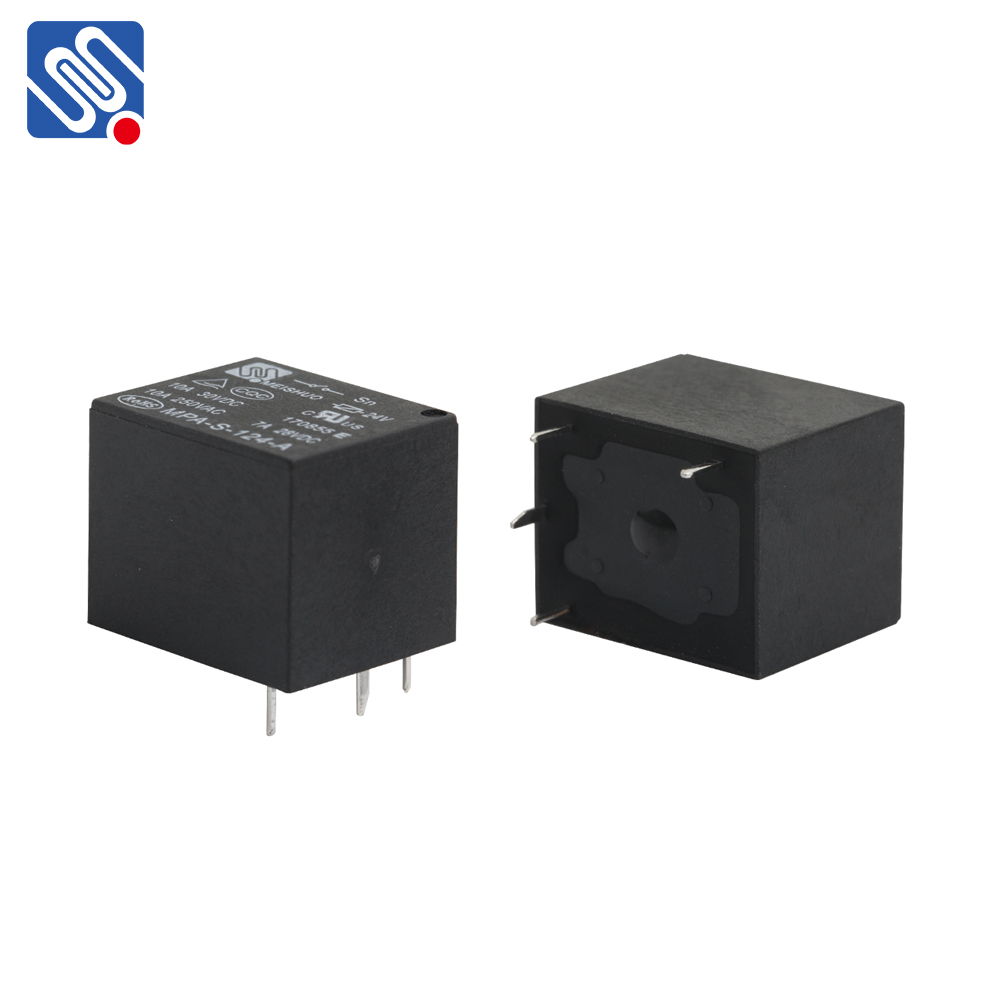Relay circuits are fundamental components in the field of electrical and electronic engineering. These circuits use relays, which are electrically operated switches, to control the opening and closing of a circuit. Relay circuit design plays an essential role in a wide variety of applications, from industrial automation to home appliances, by enabling systems to switch on or off based on electrical signals. This article delves into the principles, applications, and design considerations involved in relay circuit design.

Principles of Relay Circuit Design At its core, a relay operates on the principle of electromagnetism. When a current flows through the coil of the relay, it generates a magnetic field that attracts or repels the relay’s contacts, thus opening or closing the electrical circuit. The basic components of a relay include: Coil: The electromagnet that, when energized, activates the switch.
Contacts: Mechanical or solid-state contacts that open or close the circuit. Armature: The movable part that operates the contacts based on the coil’s magnetic field. When the relay coil is energized, the magnetic field pulls the armature, which either connects or disconnects the contacts in the circuit. Depending on the relay’s configuration, the contacts can be normally open (NO) or normally closed (NC), and the relay can be either single-pole single-throw (SPST), single-pole double-throw (SPDT), or double-pole double-throw (DPDT).